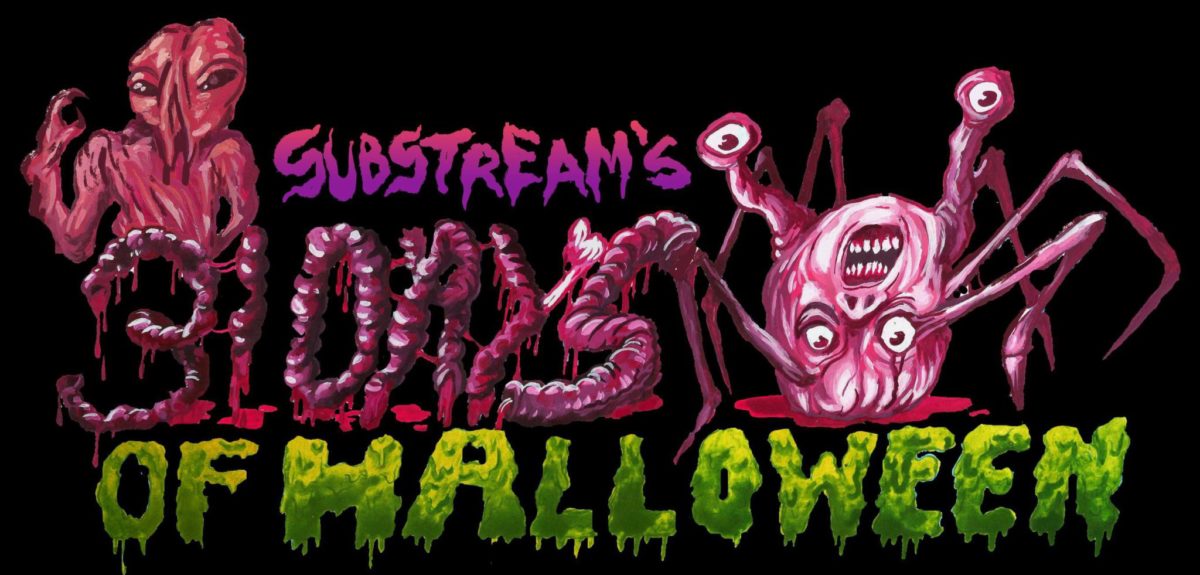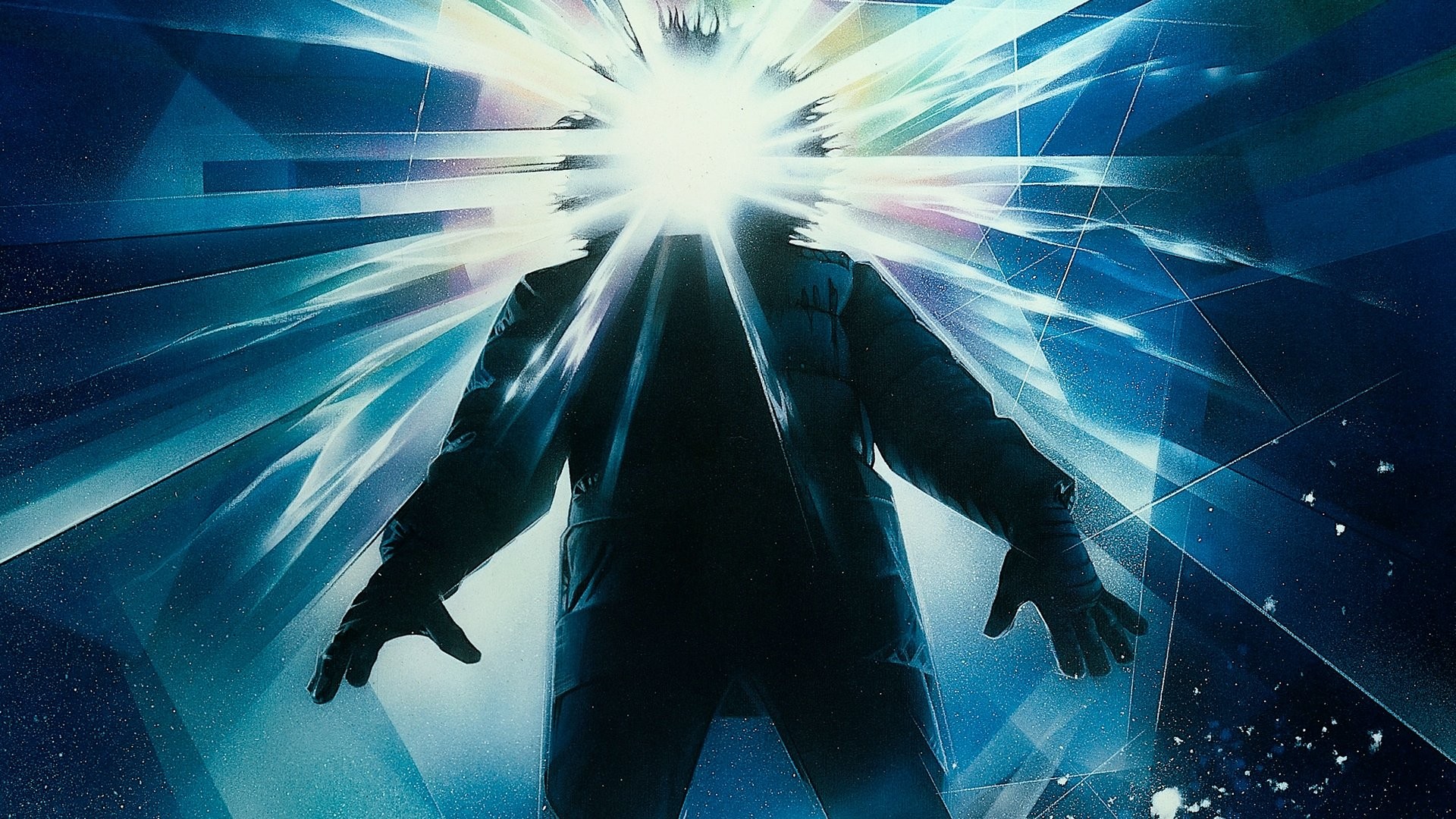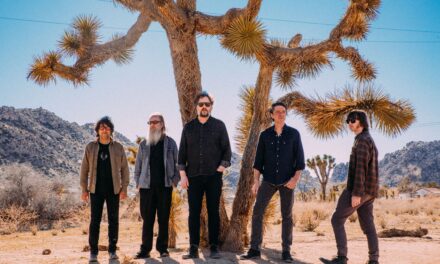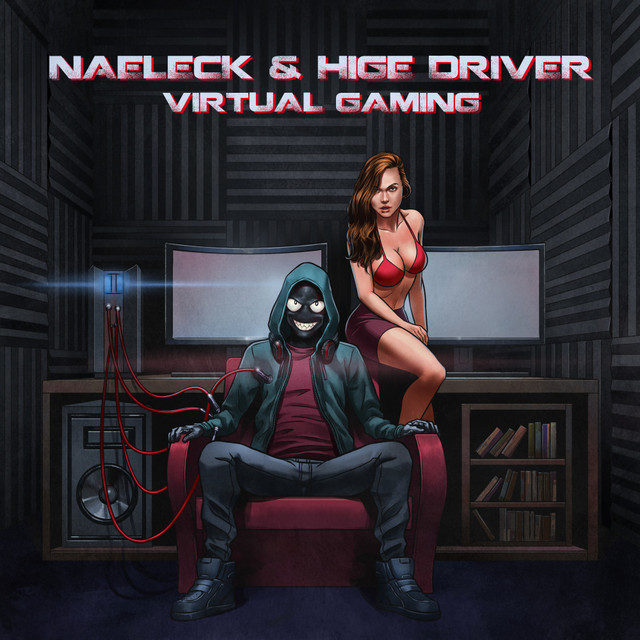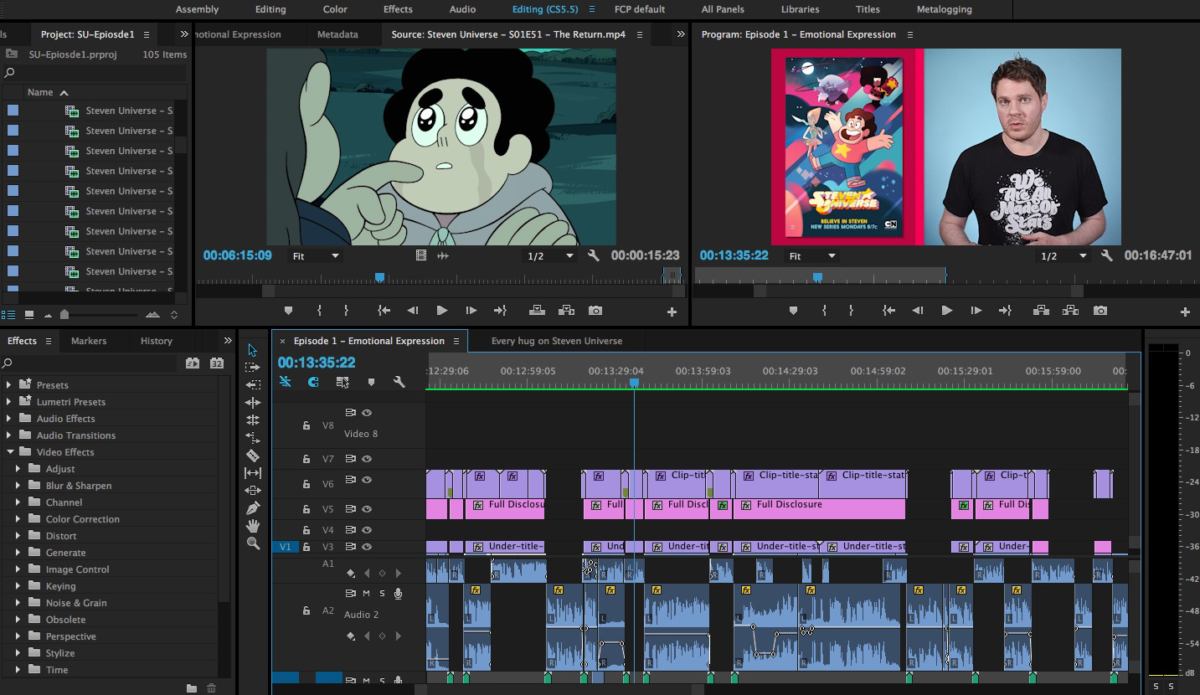Of all the holidays celebrated worldwide, no single day is loved by the Substream staff more than Halloween. With October’s arrival, the time has finally come to begin rolling out a slew of special features we have prepared in celebration of our favorite day.
31 Days Of Halloween is a recurring column that will run throughout the month of October. The goal of this series is to supply every Substream reader with a daily horror (or Halloween-themed) movie recommendation that is guaranteed to amplify your All Hallows’ Eve festivities. We’ll be watching every film the day it’s featured, and we hope you will follow along at home. Reader, beware, you’re in for a… spooky good time!
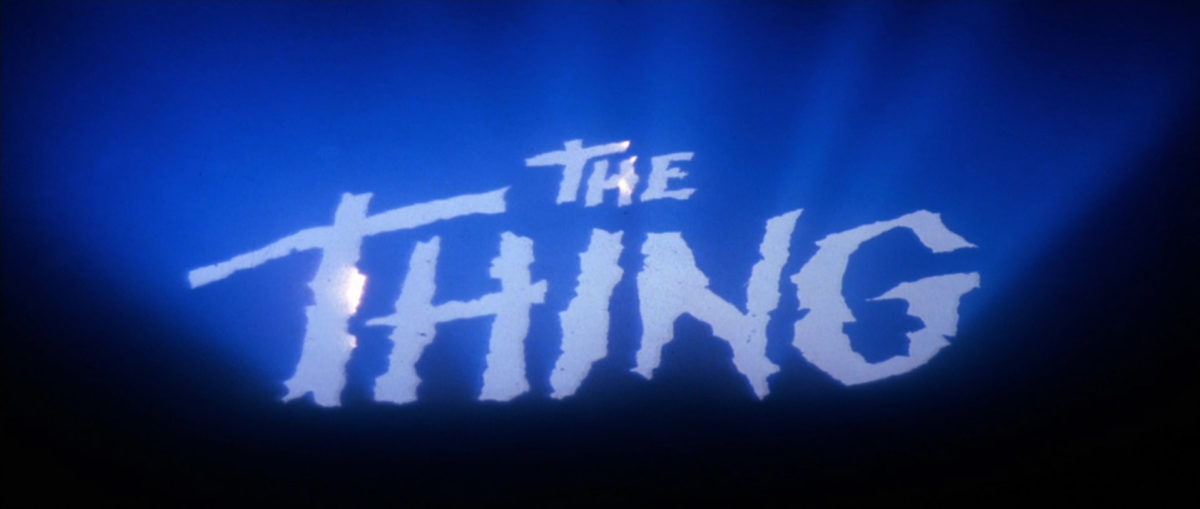
Day 6: The Thing (1982)
Few filmmakers understand how to use practical effects as well as the master of cult horror, John Carpenter. He has such a deft understanding of how to make the combined efforts of puppeteers, camerapeople, and gore effects appear as lifelike and naturalistic as possible that it’s no wonder that his 1982 film The Thing is considered a classic of the horror genre. Upon its release it was lost in the shuffle as E.T. and Blade Runner dominated the box office, but in the following years it gained a following and mass acclaim, making it one of the greatest sleeper hits ever made. So what is it that makes this masterpiece tick?
A lot of it comes down to the brilliant set-up, which was previously explored in the 1951 film The Thing From Another World. A group of scientists and their various assistive personnel reside in their isolated Antarctic base, when one day they are interrupted by a crazed Norwegian helicopter pilot shooting at a fleeing Husky. The man appears to have lost his mind, and when he starts firing on the crew, they quickly kill him in self-defense and take in the dog. The dog, however, behaves rather strangely, staring at them in such a way that betrays a deeper intelligence. What they eventually discover is that the dog is actually some kind of alien lifeform that devours its host on a cellular level and is then able to mimic the host perfectly. It starts to become clear that any of the crew could have been devoured and replaced by the creature, so the hunt for the beast is inherently tainted by suspicion of the very people trying to survive.
What Carpenter brilliantly captures much better than his inspiration is a lurking sense of paranoia. We are introduced to a large cast of characters, distinct enough from one another in appearance and archetypal personality that we can identify with each of them, yet we never get to know any of them well enough to feel clued in to who could have possibly been replaced. We are just as much in the dark as the protagonists, so as they formulate theories, react to each other’s nervous ticks, and eventually violently overreact, it shows that fear of one another is just as great of a threat as the actual monster, if not more so considering how passive the monster is while in a covert state. Almost as many people die to wrongful suspicion as they do to the creature’s attacks, and a dread sense of inevitability looms over the isolated group.
As impressive as the storytelling chops of this film are, what makes it come together is the technical mastery behind the camera. Use of shadow and the eerily calm blue light of the Antarctic night set the stage for scenes of extreme tension, where characters left alone are never certain of their imminent fate. The haunting score, composed by Ennio Morricone, provokes a continual sense of unease that will stay with you even as the credits roll. And of course, the creature effects are some of the best ever put to film, with puppets that move, ooze, and transform in such organic and unsettling ways that it doesn’t take a whole lot to suspend one’s disbelief at the sight of them. There’s a sense of realism and gravity to the practical effects that computer animation has only recently been able to replicate without dipping into the uncanny valley, and even then modern directors and animators feel it a waste not to put their creatures on fully lit display, thereby tarnishing the mystery that makes movie monsters so terrifying. Carpenter understands that low lighting—in this case firelight—not only hides the fakery of the effect, but also lends the creature a sense of foreboding, even when its entire being is technically in frame.
The Thing ends with the entire base up in flames and the crew dead, save for two men who have spent the entire film fighting one another for control. Neither knows for sure whether the other is a creature in disguise, and neither seems to have enough energy left to be able to take it on in the event that the creature decides to attack. As they sit back and wait to either freeze to death or become their companion’s prey, the film fades to black, leaving us to wonder whether that moment of serenity will last. It’s one of the most powerful closing shots of any film, helping to cement this as not only one of the best films of John Carpenter’s diverse career, but also as one of the greatest horror films of all time. It is a masterpiece of technical skill and raw campfire storytelling brought to their fullest potential through the immense talents of everyone involved in the production. There’s a reason this film gained a life of its own after its underwhelming theatrical run, and it deserves every new fan it can get.
